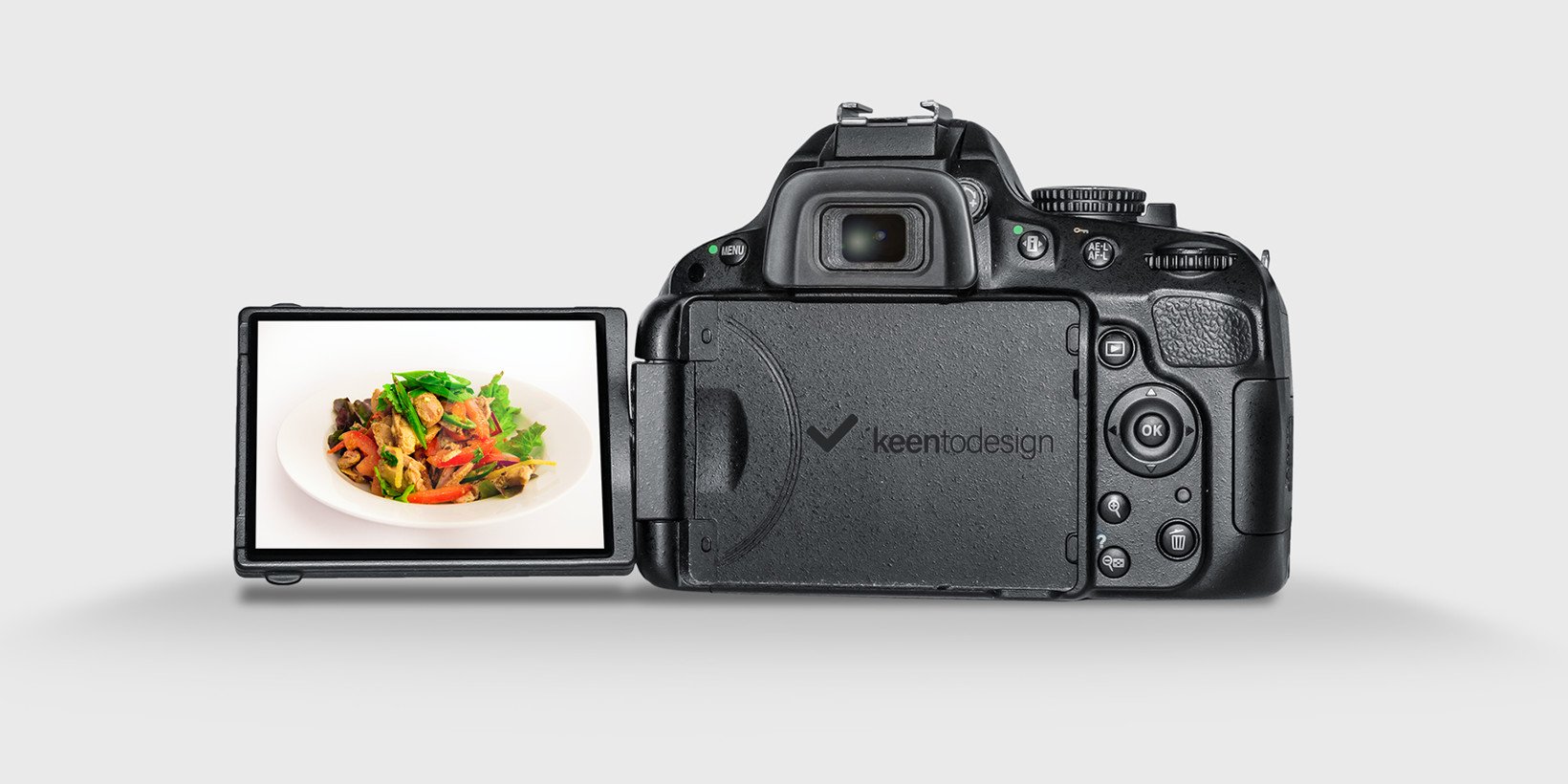Why Quality Visuals Are the Unsung Hero of a High-Converting Website
One of the easiest ways to spot a DIY website is by its photography. Blurry storefront shots taken on a phone, awkwardly lit portraits cropped from social media, or generic stock photos with painfully fake smiles—these things don’t just look bad. They kill trust.
Yet, even as businesses shell out thousands for branding, SEO, and copywriting, photography often ends up an afterthought. That’s not just a missed opportunity. It’s a liability. In the split-second someone lands on your site, visuals do most of the talking. Before a word is read, a judgment has been made.
People Don’t Read Websites. They Scan Them.
The Nielsen Norman Group has been saying this since the late ’90s, and nothing’s changed. Most visitors skim a page in an F-pattern, pausing only where something visual catches their attention. If all you’re serving them is text, you’ve already lost them.
On the other hand, compelling photography anchors attention and tells your story in an instant. Think of Airbnb’s early turnaround when they ditched amateur host photos and hired professionals. Bookings skyrocketed. Real estate agents figured this out decades ago. So did restaurants. But somehow, when it comes to websites, businesses still default to clip art-level visuals and wonder why bounce rates are high.
The Problem with Stock Photos
There are two types of stock photography: the kind that works and the kind that makes your website feel like an HR handbook. Unfortunately, most businesses end up with the latter. You’ve seen it: smiling call centre reps wearing headsets, groups of ethnically diverse coworkers high-fiving around a laptop. It’s not just overused. It’s alienating.
Even premium stock photo platforms like Getty or Shutterstock can’t replicate the authenticity of real imagery from your brand. When every other site in your industry is using the same five images, original photography becomes a competitive advantage.
Worse, there are legal risks. Reverse image searches can easily reveal reused stock photos, and not all websites vet usage rights thoroughly. If your web designer pulled a photo from Google Images, congratulations — you’re potentially looking at a copyright infringement lawsuit.
Professional Photography Pays for Itself
A skilled photographer won’t just shoot what looks good. They’ll shoot with strategy. They’ll think about brand colours, negative space for overlaying text, and consistency across your visual identity.
Interior designer websites are a case study of this. The difference between a grainy phone photo of a renovated kitchen and a wide-angle, professionally lit image with post-editing is enormous. One says, “hobbyist.” The other says, “You can trust us with $100K of your money.”
And it’s not just about still photos anymore. Technologies like 360-degree object rotation, interactive VR tours, or scroll-triggered animations make websites more immersive — but only if the source photography is up to the task.
When to Use Stock and How to Use It Well
That said, not every website needs a photographer on retainer. For smaller projects or blog content, high-quality stock images work fine. But be selective. Avoid anything that looks overly posed or unnatural. Choose images that match your brand tone. Raw, editorial-style photos often outperform polished corporate ones.
If you’re building a site for a cafe in Surry Hills, don’t show photos of croissants shot in a London studio. Spend the $500 for a local photographer to shoot your space on a busy Saturday morning. You’ll make that back in your first month from customers who felt something real when they saw your homepage.
Don’t Just Tell Your Story. Show It.
The web is getting faster, more visual, and more competitive. Everyone promises excellent service, fantastic value, and unbeatable quality. What sets you apart isn’t just what you say — it’s what people see when they land on your site.
Bad photos tell users you don’t care. Great photos. Invite them to care for you.
If you’re serious about your website converting visitors into customers, don’t skimp on the thing they’ll notice first. And remember: no one has ever lost a sale because their photography was too good.
